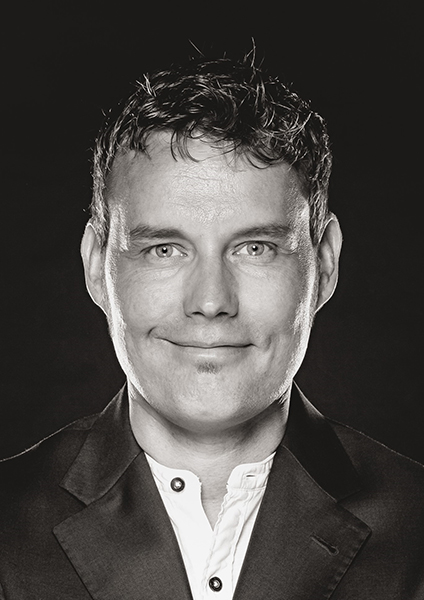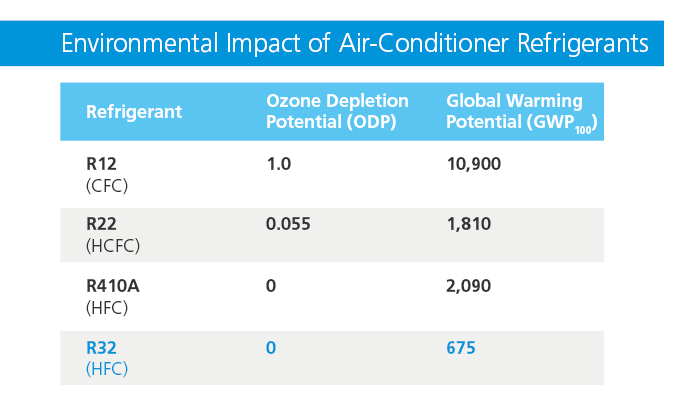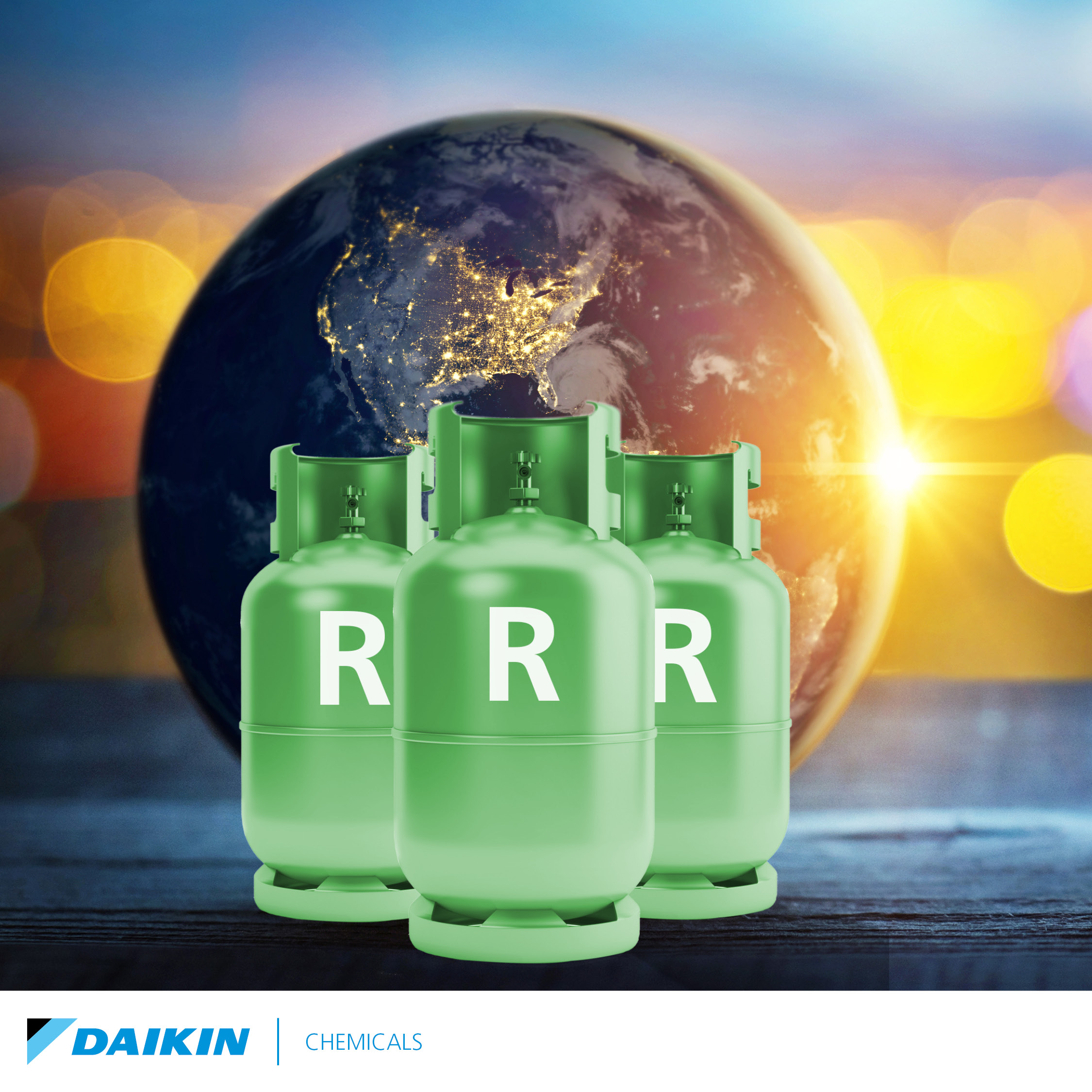Daikin Refrigerant News - Issue 4, 2021
Dear friends and partners of Daikin Chemicals,
In July 2021, the Netherlands, along with Germany, Norway, Sweden and Denmark, jointly submitted a REACH restriction proposal to ban a wide range of per- and polyfluoroalkyl substances (so-called PFAS), a group of more than 4,700 chemicals.
As defined by the five countries, PFAS cover a number of F-gases, including certain HFCs and HFOs that are used in HVAC applications. Furthermore, trifluoroacetic acid (TFA), an atmospheric degradation product of HFO-1234yf and HFC-134a, is also considered a PFAS.
We as Daikin are having a close eye on this development, because even though the REACH regulation governs the restriction of chemical substances in the EU, HFCs are separately regulated by the EU F-Gas Regulation.
We would like to give you more information on this complicated subject (but also on other topics) in our latest newsletter.
Kind regards and enjoy reading
Your Tobias Bargsten
Business Manager Refrigerants Daikin Chemical Europe

For Daikin, the groups of HFCs, HFOs and HCFOs are not PFAS.

Daikin’s R-32 for example is the most balanced refrigerant in terms of Environmental Impact / Energy Efficiency / Safety / Cost-Effectiveness for Stationary Air Conditioners and Heat Pumps.
Recently, five European countries have taken the initiative to prepare a REACH restriction of the group of PFAS based on persistent / very persistent criteria according to REACH Annex XIII that are not able to degrade under environmental conditions.
This significantly expanded scope could increase the number of potentially included substances to over 10,000 and includes HFCs, HFOs and HCFOs that are not commonly regarded as PFAS because they break down in the atmosphere to substances that naturally occur in the environment. They have a defined atmospheric lifetime, measured in days or months for HFOs and HCFCs, and years or decades for HFCs.
PFAS, as catalogued by the OECD and the Inter-Organization Programme for the Sound Management of Chemicals (IOMC), have a wide range of very different (eco-)toxicological and physical properties.
The catalogue lists those PFASs, including perfluorocarbons, that contain a perfluoroalkyl group with three or more carbons (i.e. –CnF2n–, n ≥ 3). It is important to highlight that the HFCs, HFOs and HCFOs, used in the refrigeration, air-conditioning and insulation foam industries do not have this group and are not individual substances listed in the OECD catalogue.
Why are some PFASs a particular concern to the EU?
Since the late 1990s and early 2000s, numerous studies have been conducted to understand and assess PFAS, with a particular focus on so-called “long-chain” perfluoroalkyl acids (PFAAs) and their precursors. The EU has established regulations that restrict some types of long-chain PFAAs called PFOS and PFOA and their salts and related compounds. The EU has determined that both meet the criteria to be classified as persistent, bioaccumulative and toxic substances”(‘PBT’).
HFCs, HFOs and HCFOs are different!
The HFCs, HFOs and HCFOs are short chain substances (≤ C5 chains) and do not meet the criteria to be classified as persistent, bioaccumulative and toxic substances (‘PBT’). They are gases, or low boiling point liquids, and when released to the environment, due to the absence of relevant functional groups such as acidic groups, will enter almost exclusively into the ambient air and have little tendency to accumulate in the environment. They have low potential for adsorption and are expected to rapidly volatilise to the atmosphere.
An extensive body of research is available concerning their environmental fate and breakdown mechanisms. They are not stable in the atmosphere and they simply cannot break down to long chain PFAS substances. Their final degradation products are all substances that are believed to have occurred naturally in the environment for millions of years.
We as Daikin are convinced that our refrigerant gases are helping to protect the environment and are of no concern in terms of persistence, bioaccumulation and toxicity.
For more information on the difference between HFCs/HFOs from other PFAS go here.
Ratings for the Certification of Regenerated Gases

Daikin especially applies its internal quality standard to our Fluorinated Refrigerants.
Daikin’s fluorinated products are well known in the general market for their higher quality standards in comparison with other similar products from competitors.
This quality standard applies especially to our Fluorinated Refrigerants, which are certified under AHRI700 Standard. This standard ensures a purity of at least 99,5%wt, and applies to most commercialized refrigerants.
Although the AHRI700 standard is the most known Standard for the certification of Reclaimed Refrigerants, the DIN-8960 Standard is also very commonly used to certify regenerated gases.
AHRI 700 Standard is also used by Daikin for the certification of the produced refrigerants in our regeneration facilities in Frankfurt. This Standard ensures exactly the same quality, applications and properties in Reclaimed Refrigerants as in the virgin ones.
Our internal laboratory in Daikin Refrigerants Frankfurt analyses all the different refrigerants coming out of the regeneration facility and after that carries out gas chromatography analysis, as set up in the AHRI700 Standard procedure section 5.3, that officially certifies these refrigerants to ensure the quality of Daikin products.
For more information on the specification of refrigerants go here.

